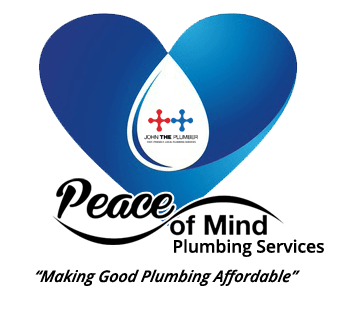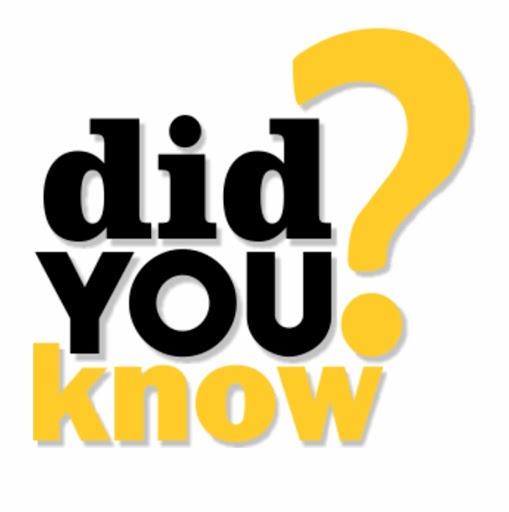Jonathon and Eric came to replace an external tap. They were quick to respond, on time and fast. Jonathon explained each step of the repair – sautering, crimping, function of the external tap, etc, so that I could understand and make informed decisions the next time work needed to be done. Very professional. After the main job was finished I asked another question about hot water pressure and Jon again answered my questions about how to make repairs. I’m 100% satisfied with Jon and Eric – they were professional, helpful, fast and knowledgeable. They helped me understand, which shows respect. Fantastic I will be calling them again.
Had an issue with my water pressure, was not able to flush the toilet and run any kind of water. Even our shower had very minimal pressure. Turns out it was a problem with my water softener! Had James and Sean come out and they were awesome, and able to come the next day! Very knowledgable and down to earth. Would call them back for any plumbing needs. They were also very well priced.
David was our plumber. He did an amazing job, gave me more then a fair price, and came within an hour of me calling john the plumbers phone number. David described what needed to be done and how much it would cost in advance. Which was amazing! Best service that I could’ve asked for. Thank you so much David!! I will definitely call him again when needed, 10 out of 10 recommended. Victoria Nichols
Used them for a couple plumbing issues in my home. Very honest and reasonably priced. Would recommend John the plumber to anyone looking for honest quality work .
I selected John The Plumber based on their reviews and it was a good decision! I needed to replace an old washer, install new one and install a drain to the main pipe (didn’t like it draining into the sink). David and Shane were very skilled, efficient and professional and also highlighted a few things to watch for in the future (based on the current house plumbing). Very happy with the service. Recommend 100%! Will use in the future again.
The service was very thorough and professional. We feel at ease knowing everything was well investigated and our concerns were addressed. If you are looking for a reliable and professional plumbing service, definitely reach out to John The Plumber!
I called in panic unable to fully remove my old kitchen faucet., (and stuck without water supply to the whole house). Brent was there within 30 minutes of my call, was able to cut apart my old decrepit faucet, and even install my new faucet all within an hour. Just in time for baby’s bedtime bath. The installation is flawless and I am now enjoying my new faucet as well as having water to the whole house again. Happy day!









